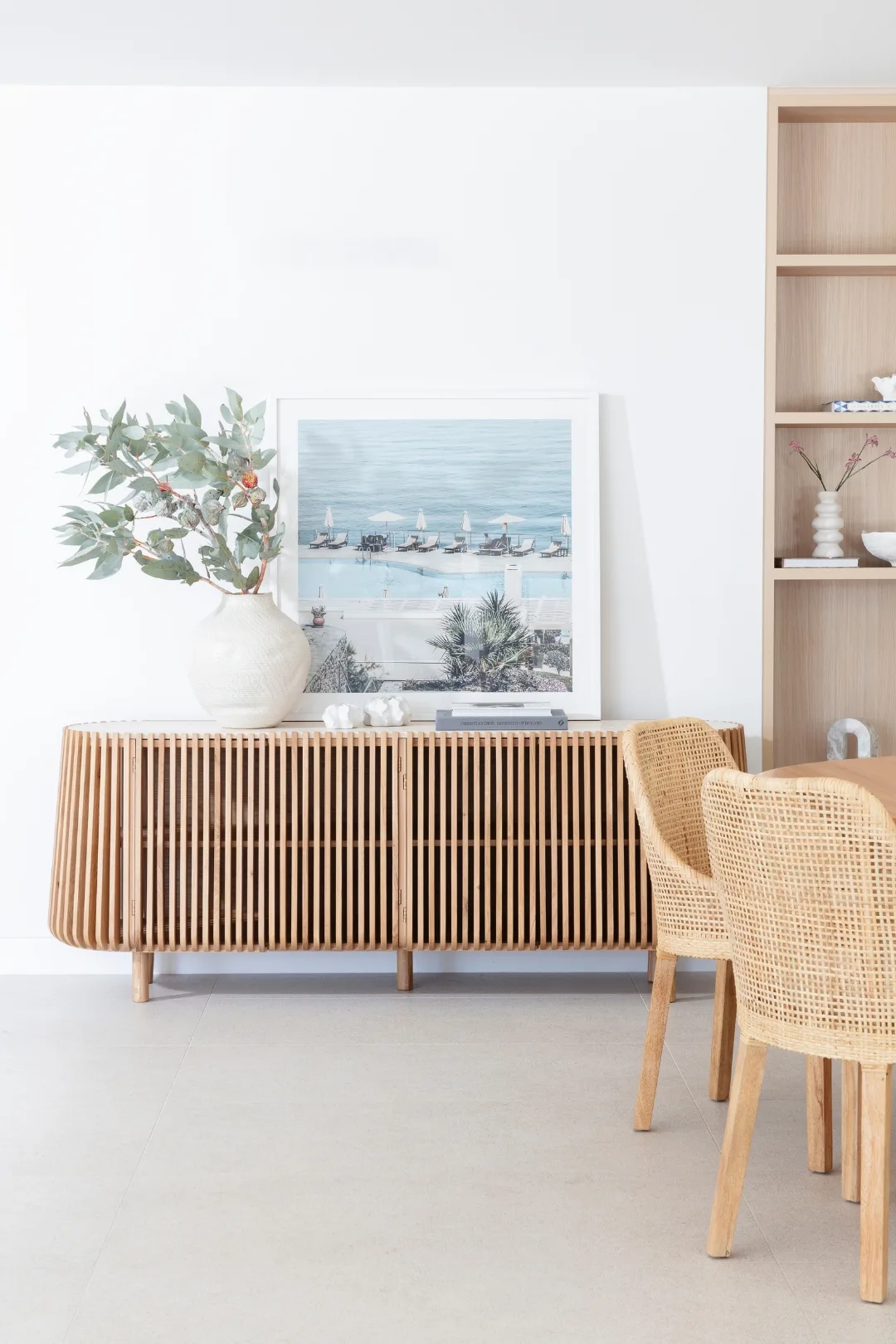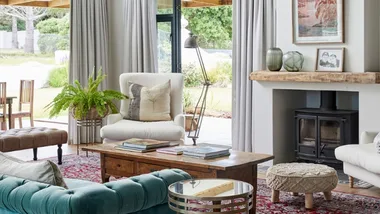Picture this: your living room and dining room are coming together beautifully. You’ve found the perfect dining table and have spent hours arranging cushions on your new sofa in the right combination of size, texture, colour and pattern. You’ve settled on a fabulous artwork to hang and have gathered your platters, napery and dinnerware. But something is… missing. Where to store it all? Where to display your favourite pieces? Enter, the sideboard: an elegant solution that solves your style and storage needs in one sophisticated statement. Very grown up.

Also called a buffet, there’s a reason the classic sideboard is enjoying a renaissance. Getting the edge on storage is a game changer in living and dining zones. Storage should be affordable and functional, yet discreetly hardworking enough to declutter a space and celebrate your style. Extra points for furnishings that provide a big bang for your buck. Buying a brand-new piece like this is an investment, so do your homework and choose a style you love that will endure and work with other key furniture pieces, such as your dining table or sofa.

If your budget is limited and you’re prepared to wait, play the long game with regular trips to your local op shop or get online to Facebook Marketplace and Gumtree to hunt for a vintage find. Remember to measure your space to ensure plenty of room for your new sideboard to shine.
3 tips for styling your sideboard
1. Keep it simple
Edit, edit, edit. Less is more so only display what you love. Group items in threes and opt for different shapes and geometry. Start with your favourite lamp at one end, then include one taller piece, one medium-sized and one smaller object to anchor the arrangement. It helps for items to be relative to the space, eg. a decanter if your buffet is in the dining room.
2. Use a mix of textures
Give the eye something to focus on as it passes over your vignette. A great combination might start with a stack of books or a tray to form a base and corral pieces together, then top with a glass or ceramic vase or textural sculpture – something natural or handmade.
3. Work to a colour palette
Link the colours of the objects you display to one another, as well as something else in the room – perhaps an artwork, cushion or sofa upholstery. This will draw the eye around the room and create a pleasing, cohesive decorative result. Feel free to change it up and rotate your favourite objects with the seasons or with new pieces to keep things interesting.



